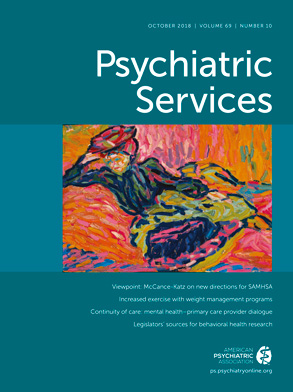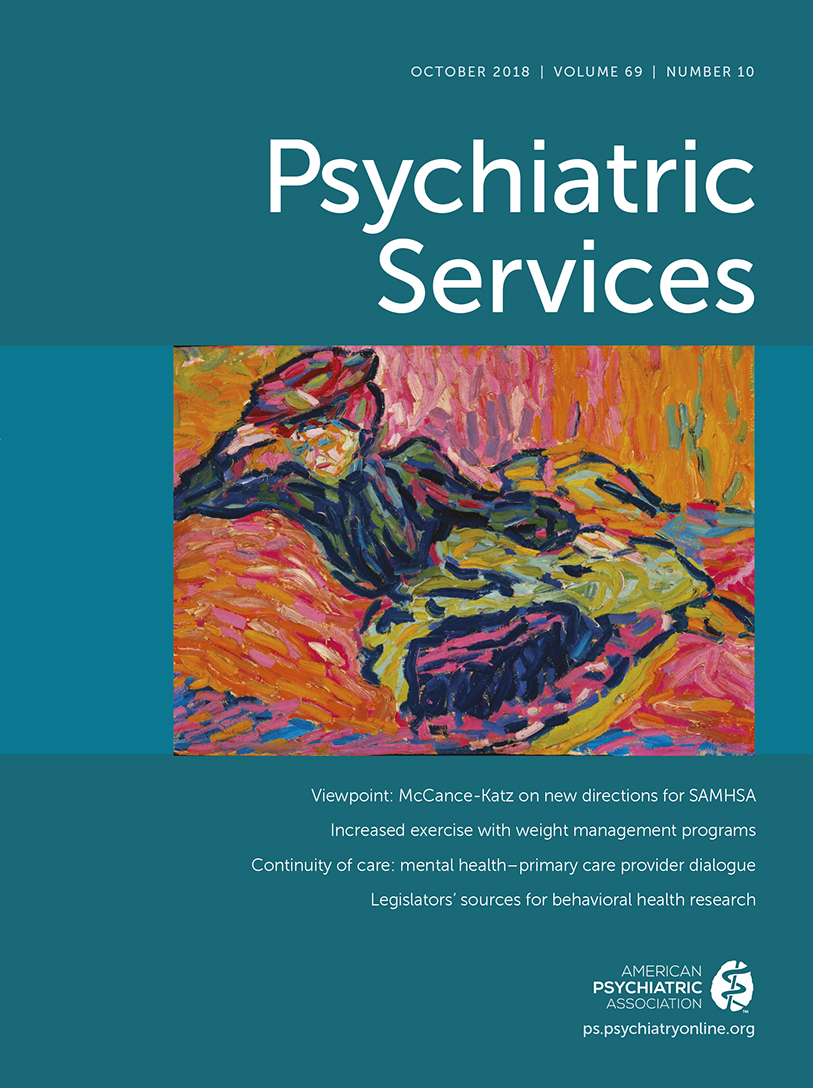In 2013, Ohio’s Hancock County Alcohol, Drug Addiction and Mental Health Services Board saw the opioid epidemic forming and began to prepare its community and health system for a collective response. Five years later, living in the belly of Ohio’s opioid epidemic, this rural county has significantly increased treatment and reduced opioid deaths through broad community education and involvement, an over 500% increase of medication-assisted treatment, and over 6,000 hours of volunteer support annually to survivors, families, and service systems.
Hancock’s leadership began by identifying gaps in its behavioral continuum of care. Key health leaders and citizens met to affirm the “value of each life” in their community and the need to collaboratively address all substance use. Treatment gaps were identified and began to be filled, including linking any public service where mental or substance issues might appear (courts, jails, emergency rooms, health centers). Criminal justice agencies and treatment providers were joined in newly established drug and family courts. Naloxone education, distribution, and support for trained first responders became a top priority. Increased access and capacity for treatment, especially medication-assisted treatment, became paramount. Root-cause analyses of each overdose death strengthened possible intercept points and shaped system change—for example, maintaining treatment for detainees being released from jail and supplying citizens with naloxone. This provider-community collaboration included prevention efforts to all high-risk populations and information campaigns to combat stigma and educate parents and families on proactive steps.
With Hancock County being mostly rural, administrators quickly uncovered a shortage of skilled workers and launched three new “workforce development” initiatives. The University of Findlay, located in Hancock County, designed an Addiction Minor and Certification Program, open to all students in the Health Sciences Department (social work, nursing, pharmacy, etc.). Successful completion of the program ensures individuals have met the academic requirements for Ohio’s Certified Chemical Dependency Counselor Assistant Preliminary License. Moreover, all citizens with lived experience had an opportunity to become part of the peer workforce. Graduates in health fields leave the university dually credentialed within their major with an addiction minor, and the community at large has increased the skills needed to enhance public safety through a stronger addiction workforce.
An underutilized community drop-in center was transformed into a recovery center where those in recovery can meet, advance ideas, and mobilize to give back to the community. Two recovery homes were established under the auspices of this recovery center. Persons in recovery were called on to become peer supports, share their lived experience, and provide hope to others. These peers, whether agency employed or volunteers from the recovery center, work as “connectors,” providing a “warm handoff” to persons from high-risk populations (e.g., postincarceration, postrehabilitation, pregnant and addicted women, youths and families, veterans, overdose survivors).
The local medical community, led by its community hospital (Blanchard Valley Health System) and key physician and psychiatric staff, joined with public health agencies (health department and coroner) and community physicians to better understand addiction treatment in their community and across all disciplines of medicine in their county. Specialist physician gaps were addressed by expanding the knowledge of all physicians about addiction, leading to a natural expansion of interest in substance use and of hospital and community medical services, such as establishing inpatient withdrawal management and specialized programs for pregnant and addicted women and their newborns. Nurse practitioner development with a behavioral emphasis is in design at the university.
Hancock County has experienced a saturation of opioid use more than most counties, but deaths have been reduced from 18% of the 72 seeking such treatment in 2009 to 6% of over 594 seeking opioid treatment in 2017. Its three major treatment agencies now record 90-day treatment retention for an average of 43% of their clients. As important, the community is now engaged in the solution through prevention, early intervention, expanded awareness, and ongoing dialogue about the illness to end stigma. Beyond saving lives, Hancock’s long-range plan has imbued a philosophy for measurable recovery. Previous gaps between access to formal treatment and overdose are being bridged by an attentive, adaptive system and a community working together to address a complex societal malady.

